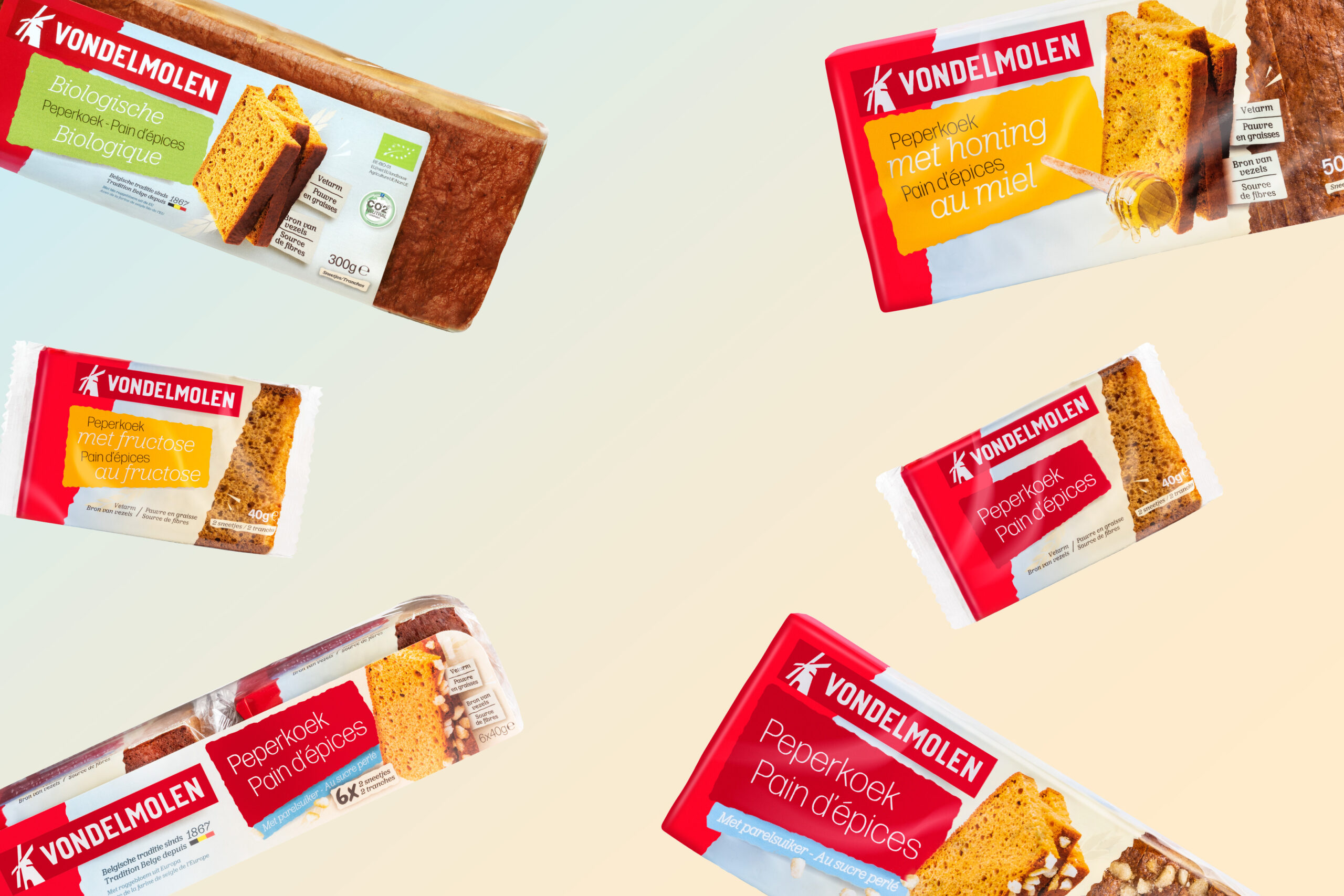In the quest for sustainability, packaging design has leaned heavily on recognisable elements to signal eco-friendliness to consumers. We nudge consumers with earthy tones, nature motifs, and an abundance of green. Elements that have become shorthand for eco-conscious brands, and have been greedily adopted by greenwashers.
But as sustainable practices move from being a unique selling proposition to mainstream commodity, the distinctiveness of such packaging risks dilution.
- The limited field of eco-friendly visual cues in packaging design
- The growing challenge for eco-brands
- When authentic sustainability in packaging design transcends trends
- Reimagining traditional visual cues for a durable, longer future
How visual cues in packaging design work
Recognisable elements in packaging design help products stand out and meet consumer expectations. Like softness and freshness for washing powder, vegetables for soup, or a healthy dog for pet food, these visual cues make it easy for shoppers to navigate their way through a shopping list. The same goes for eco-friendly products, where we can all imagine the cues that cleverly nudge us in a specific direction.
However, with the eco movement growing, what was once a standout feature is now becoming common. This shift challenges brands that have built their identity around being eco-leaders. With a limited amount of recognisable elements at their disposal, and a growing amount of products, it becomes more and more difficult to stand out on the shelves.

Sustainable packaging design?
"*" indicates required fields
When consistency is under fire
Consistency in branding is vital, as we’ve explored in a previous article about building distinctive brand assets and packaging design.
For brands deeply rooted in sustainable packaging, the widespread adoption of eco-friendly design principles poses a question of authenticity and believability. As sustainability becomes the norm, how can these brands maintain their edge to whom it matters, shoppers eagerly looking for products that fit their beliefs and aspirations? How to maintain consistency when everyone is evolving towards the same visual elements?
True sustainable packaging design
As the market becomes saturated with eco-friendly claims, the challenge for genuine green brands is to differentiate themselves not just through packaging but through corporate actions. Brands that have adopted a well-known sustainable strategy differ from the masses because they can choose to use different design cues than what you would expect from a green brand. Credibility is gained from corporate strategy, not from design principles alone.
Today’s informed consumers make decisions beyond the store shelf, evaluating a brand’s commitment to sustainability at the company level. While packaging design influences decisions subconsciously, a misalignment with the company’s sustainability strategy can lead to significant negative impact.
Is there still a place for sustainable packaging design?
As we look ahead, it’s essential for package designers to look beyond these traditional visual elements in a way that both respects the psychological link they generate with consumers, but also aims for long term consistency and success. When this exercise is the result of a well communicated sustainability strategy, it allows a brand to become more distinctive, ensuring that their commitment to the environment is communicated effectively and memorably. Through this creative renewal, sustainable packaging can continue to capture consumer attention while staying true to its eco-friendly roots.
How can June2O help you?
Are you ready to redefine what sustainable packaging means for your brand? Have a chat with the packaging design experts at June20. Together, we can craft a packaging and sustainability strategy that genuinely reflects your brand’s commitment to the environment, ensuring that your eco-friendly initiatives are both impactful and authentic.

Biography
Lim Sijmons
Lim Sijmons currently serves as Design Director at June20 and has been with the company for over 10 years. Lim has extensive experience having previously worked with agencies like TBWA and notable clients like PWC Belgium, Etex, Beaphar and Smeg. Lim’s expertise spans brand identity, webdesign, and typography, making her a versatile and skilled design director.